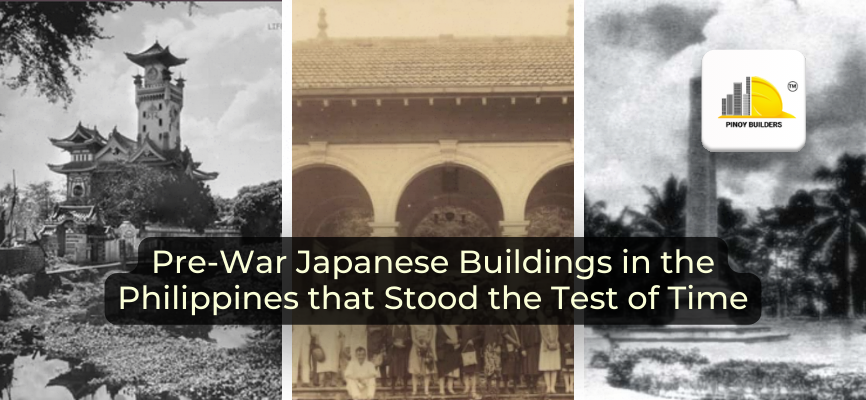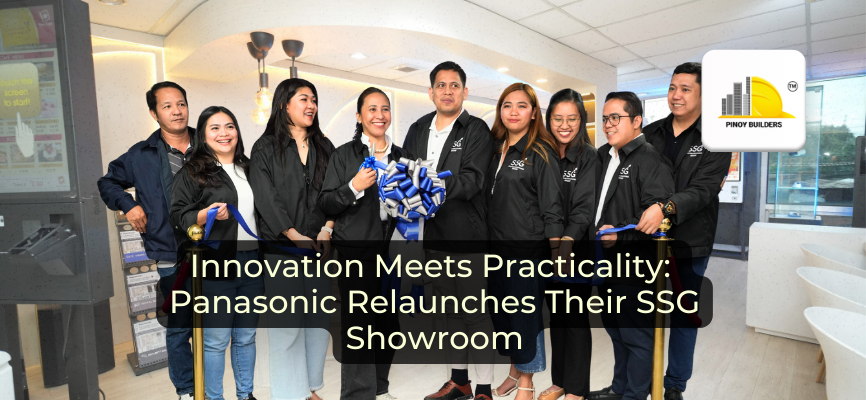Early Japanese presence in the Philippines brought new skills, design ideas, and community practices that blended naturally with local life. Traders, farmers, and craftsmen from Japan built small neighborhoods and collaborated with Filipino communities, leaving behind structures that combined practicality with quiet elegance. Today, some of these buildings and landmarks still stand, serving as real-life reminders of a period when everyday exchanges shaped a shared history.
Building on this legacy, these surviving structures help people understand how the pre-war Japanese community lived, worked, and connected with the Philippines. They also highlight how architecture can preserve stories that might not appear in textbooks.
In this article, let’s honor the past and take a glimpse at some of these pre-war Japanese buildings that continue to stand the test of time and learn what they reveal about our past.

Historical Background: The Local Japanese Community Before World War II
The people of Japan traveled across the seas and made contact with the communities of our archipelago long before the Spanish arrived. Pre-colonial interaction existed as early as the 12th to 15th century, when Japanese traders exchanged swords, ceramics, and metal tools for local products such as pearls, shells, and forest goods. Archaeological evidence supports this early connection, with artifacts from the 17th to 18th century discovered in Mindoro and Luzon.
But Japanese migrants did more than transport goods. They also settled in the Philippines in search of opportunities in farming, fishing, trade, and small businesses. Their communities grew in places such as Manila, Davao, and Laguna, where their craftsmanship and resourcefulness shaped aspects of local life, bringing their design traditions with them and introducing architectural styles that blended Japanese aesthetics with Filipino culture and available materials.
Many of these structures were lost during the conflicts of the early 20th century, yet a number of them survived. These remaining landmarks continue to stand today, giving Filipinos and descendants of Japanese migrants spaces that reflect a shared history.
Spotlight on Survivors: Architectural Time Capsules
Ocampo “Pagoda” Mansion
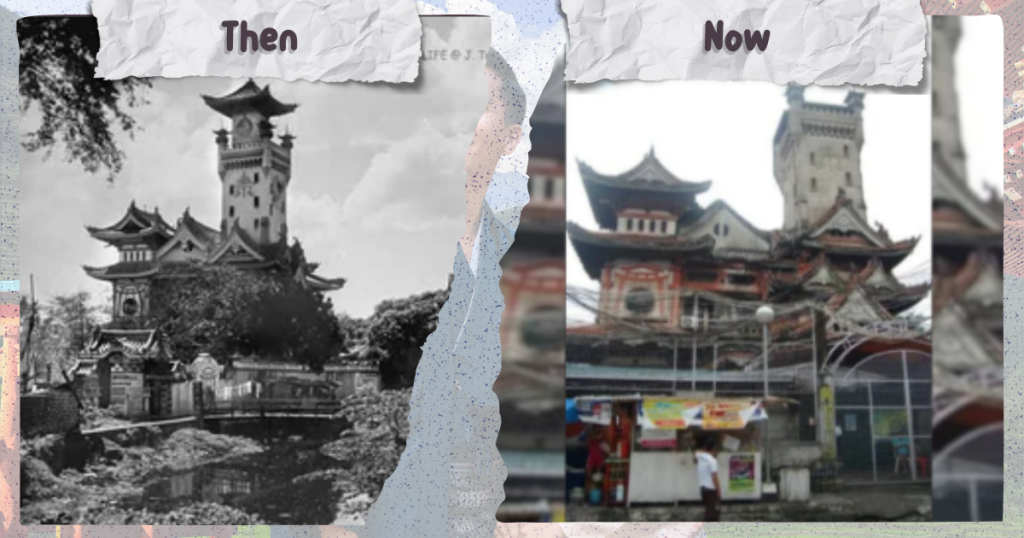
The Ocampo Pagoda Mansion stands in the busy district of Quiapo, Manila. Originally built as a grand residence by a Filipino-Chinese family, its design carries strong Japanese influences. Its towering pagoda-style tiers and ornate details exemplify a unique architectural blend, embodying the cultural interaction between Japanese settlers and the local community. As a rare physical remnant of this era, the mansion uniquely represents the legacy of Japanese design in Manila.
The mansion became a landmark because of its bold appearance and the way it stood out in a community dominated by traditional Filipino-Chinese homes. Today, it remains standing, surrounded by modern structures, yet still capturing the imagination of anyone who sees it.
Obelisk Monument of Ohta Kyozaburo
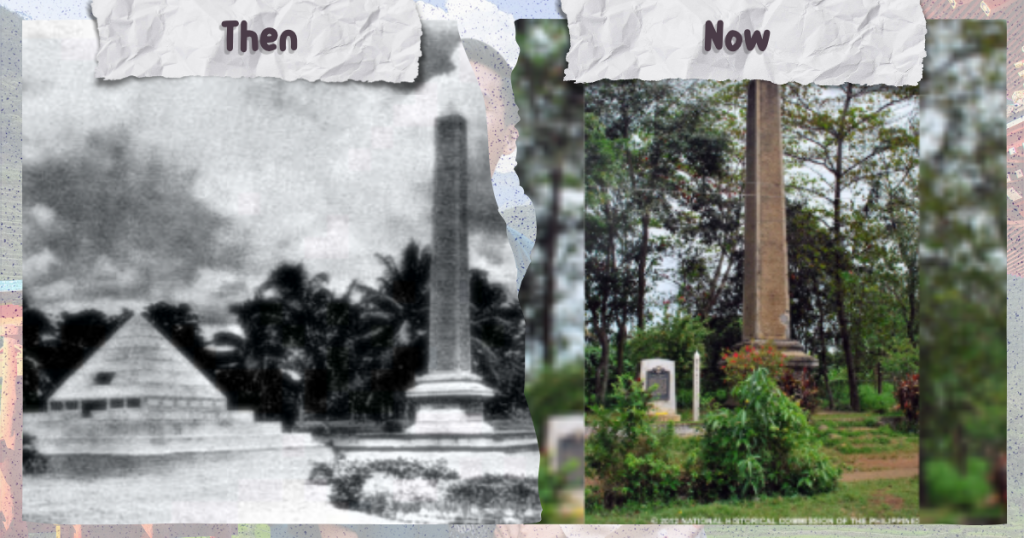
Davao City is home to the Obelisk Monument of Ohta Kyozaburo, a figure who played an important role in the region’s agricultural growth. The monument serves as a tribute to his contributions to Davao, which once hosted a thriving Japanese community fondly known as “Little Japan.” The obelisk carries a clean, symbolic design that mirrors its deep impact on the area.
This site remains maintained and respected, reminding visitors of the vibrant pre-war Japanese presence in Mindanao. It stands as a simple yet meaningful marker of collaboration, progress, and shared heritage.
Ishiwata Bath House
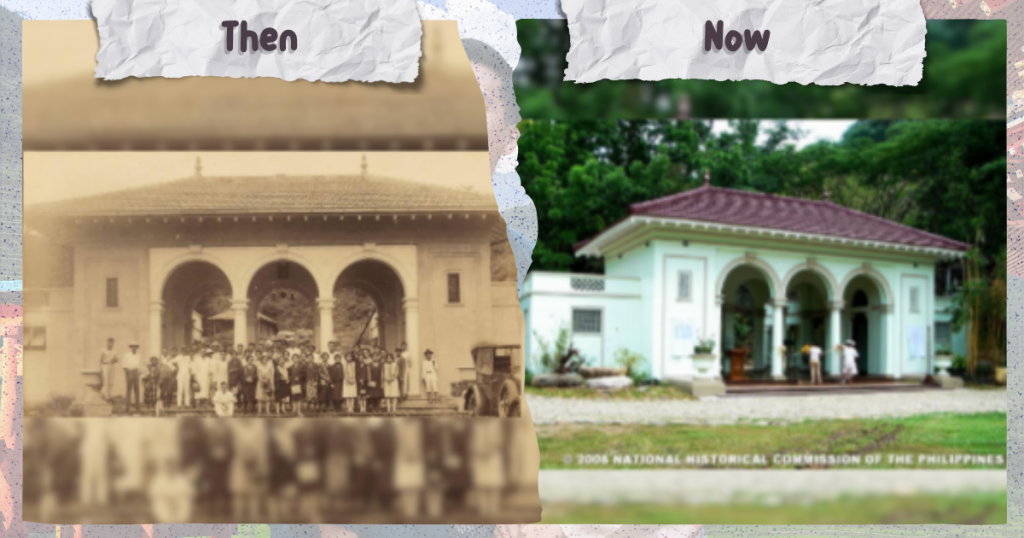
The Ishiwata Bath House in Los Baños, Laguna, once welcomed visitors seeking the town’s natural hot springs. It was built by Japanese entrepreneur Tōkichi Ishiwata, who saw the potential of the area’s warm waters as a tourist attraction. The building features elements inspired by traditional Japanese bathhouses, blended beautifully with local textures and materials.
This bathhouse became a place where Japanese residents and Filipinos shared simple, everyday moments. It reflected a lifestyle shaped by comfort, relaxation, and community. The structure still stands today as a preserved heritage site, offering a warm connection to the past.
Echoes in the Modern Metropolis
These surviving structures offer charming windows into a lesser-known part of Philippine history. They show how cultural exchange, migration, and early development created spaces that continue to enrich local identity. Preserving these sites helps keep their stories alive, allowing future generations to appreciate the layers of history that shaped the modern Philippines.
References
Davao Life Is Here. (n.d.). Ohta Kyozaburo Monument. Davao Life Is Here. https://davaocitybybattad.blogspot.com/2012/06/ohta-kyozaburo-monument.html
Wikipedia. (n.d.). Ocampo Pagoda Mansion. https://en.wikipedia.org/wiki/Ocampo_Pagoda_Mansion.


